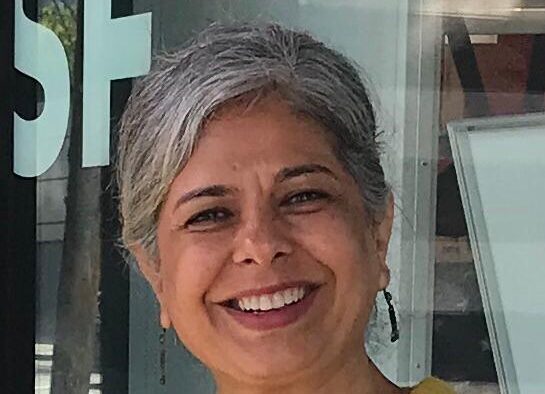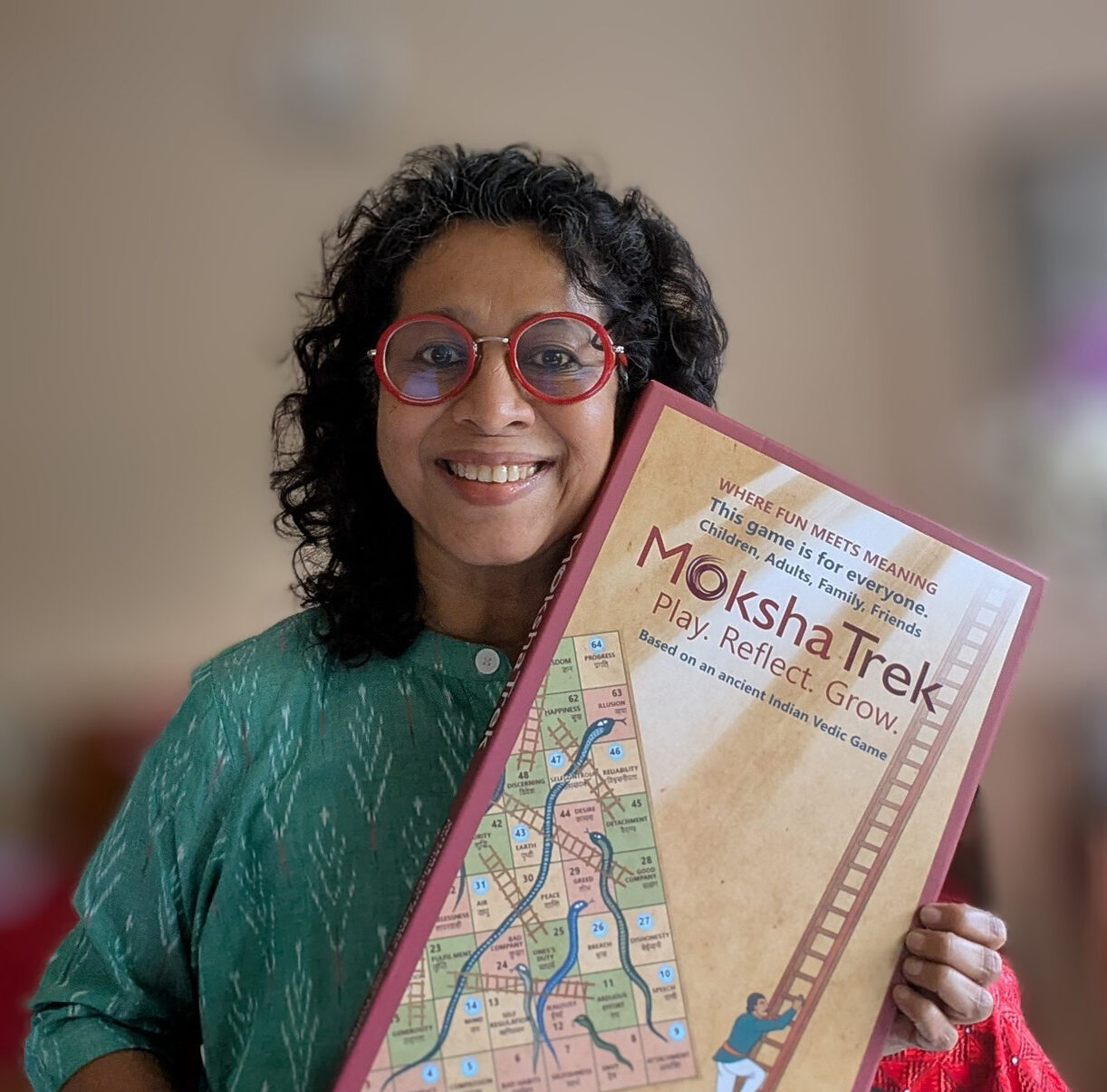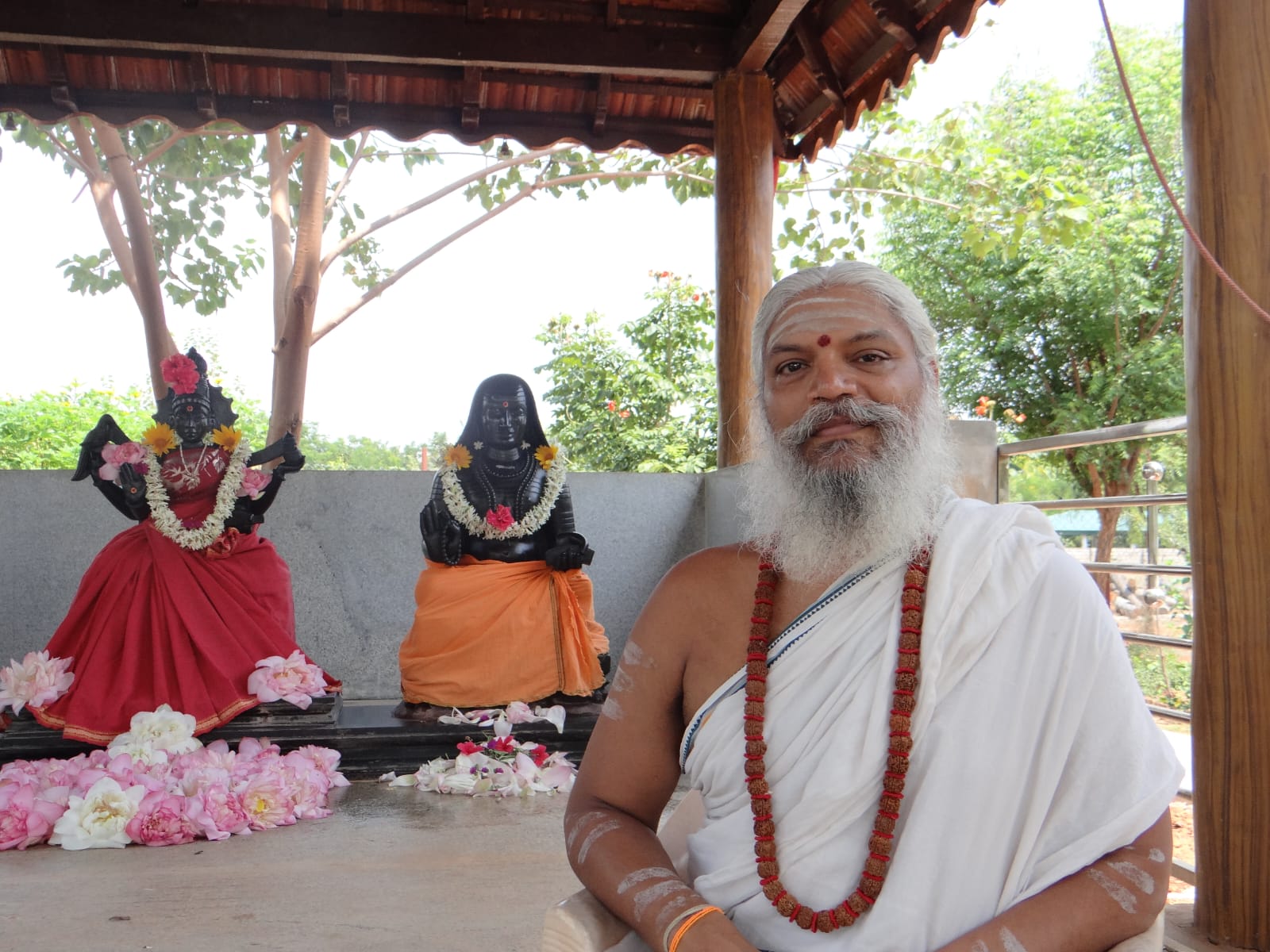In this interview Dr. Rita Sodha, Asst. Professor, Department of Art History and Aesthetics, Faculty of Fine Arts, The Maharaja Sayajirao University of Baroda, Vadodara speaks about the intersection of music and paintings. In an event conducted by the Heritage Trust with INDICA, she spoke about the musical elements of miniature paintings.
From the time of Bharata’s Nāṭyaśāstra, rāgas have been intrinsic to performance. Music was always present in nature—it existed as nāda, or sound—but over time it was shaped into melody, and then systematically codified. This led to the creation of texts that functioned almost like textbooks, guiding singers in practice and performance.
But how does one remember a raga - something so abstract and fluid? What is the Dhyāna Formula in Imagining the Rāga as a Person
Early musicologists developed a unique method: the dhyāna śloka—a poetic verse that captures the essence of a rāga by imagining it as a person. This “person” could be powerful or feeble, fair or dusky, heroic (vīrahīṇī) or longing. Sometimes, rāga and raginī (male and female aspects) were envisioned together, with detailed attributes: temperament, appearance, color, even their emotional tone.
This was not just poetry for poetry's sake. The singer, before beginning a composition, would internalize the dhyāna śloka - and in doing so, he would bring the soul of the rāga into the space. It allowed both the artist and the audience to enter the emotional world of the rāga. This made the abstract more tangible, more felt.
From Dhyāna to Painting: The Visual Language of Rāga
Artists, inspired by the vivid descriptions in the dhyāna verses, began to create miniature paintings—visual equivalents of the poetic and musical imagination. These were not spontaneous artworks; they were deeply rooted in court culture. Just as kings commissioned illustrated manuscripts of the Bhagavad Gītā, Rāmāyaṇa, Gīta Govinda, Rasakapriya, or Rasamañjarī, they also supported Rāgamālā texts—both in poetic and pictorial form.
These paintings flourished across Indian courts—whether in the Deccan, the Pahadi regions, Madhya Pradesh, or Kutch. Just as a trained ear could recognize Bhairav or Gaud Malhar in music, a trained eye could identify Kakubha Rāginī or Gaurī in paintings—even if the names weren’t inscribed.
Just as singers use phrases (āvaroha, avaroha, vṛtti) to explore the rāga, painters too evolved a visual vocabulary, based on the dhyāna verses. Thus, thousands of Rāgamālā paintings emerged across India, each reflecting the synesthetic blend of melody, mood, form, and feeling.
Meshakarna and the Rāgamālā Systems
One of the earliest musicologists to formalize such a system was Kshemakarna, who lived in the 16th century. He documented an elaborate family of 84 rāgas, rāginīs, and rāgaputras—a full lineage of musical beings. His system, known as the Meshakarna Rāgamālā, became especially popular in the Pahadi school of painting.
Interestingly, these 84 rāgas are rarely found in Rajasthan, where a different, more localized painterly tradition developed. In Rajasthan, there is no surviving theoretical text or musicologist's name attached to the Rāgamālā system—it is simply known as the Painter’s System. Other known schools include the Hanuman system, all of which evolved their own methods of visualizing rāgas after the dhyāna formula.
Music and Painting: Parallel but Not Intersecting Practices? A question arises—did musicians ever see these paintings?
While the paintings are historically situated in courts where music was performed, and while some studies have identified actual singers portrayed in these artworks, there is little evidence to suggest that the paintings influenced musical practice directly. Musicians likely did not use them for reference. But what connected both was rasa—emotion.
For instance, Todi always evokes yearning, a sense of waiting for the beloved. Megh Malhar captures the urgency and pace of rainfall. These core emotions remained constant across both painter and musician. That shared emotional universe was the bridge.
Rāgamālā: A Living Record of India's Sonic Aesthetic
Ultimately, Rāgamālā paintings sit at the beautiful intersection of music, poetry, painting, and living culture. They are not just artistic expressions but historical evidence—of a particular rāga, a particular performer, a particular court. They preserve not only the emotion of music but also the nuances of musical vocabulary, courtly patronage, visual technology, and the evolution of Indian aesthetics. They embody a time when art was not fragmented but holistic—when a rāga could be sung, painted, described, and felt all at once.
These vivid descriptions inspired miniature paintings, turning abstract music into visual form. Court artists illustrated these verses, creating Rāgamālā paintings that paralleled the musical mood. Each rāga—like Bhairavi or Todi—has emotional depth, and both painter and musician captured this essence in their own language.
One major tradition, the Meshakarna system (16th century), described 84 rāgas, rāginīs, and rāgaputras, and was widely followed in the Pahadi school. Rajasthan, however, followed a different Painter’s System with no known textual source. While it's unclear if musicians directly engaged with these paintings, they shared a common emotional world. The art and the music both expressed longing, joy, devotion—rasa that transcended medium.
In essence, Rāgamālā is a rich cultural intersection of music, poetry, painting, and emotion - offering not just aesthetic beauty but a historical glimpse into the living world of Indian classical art.




